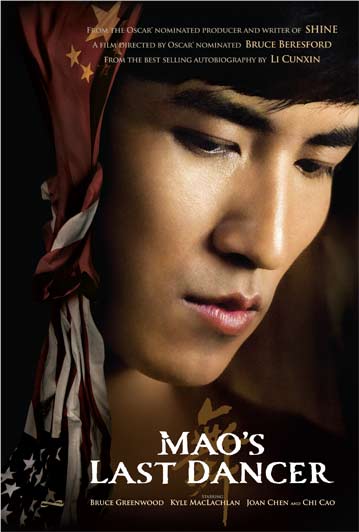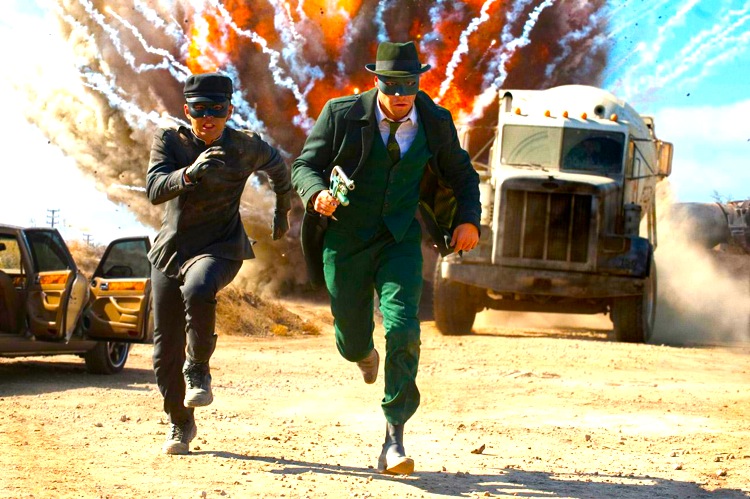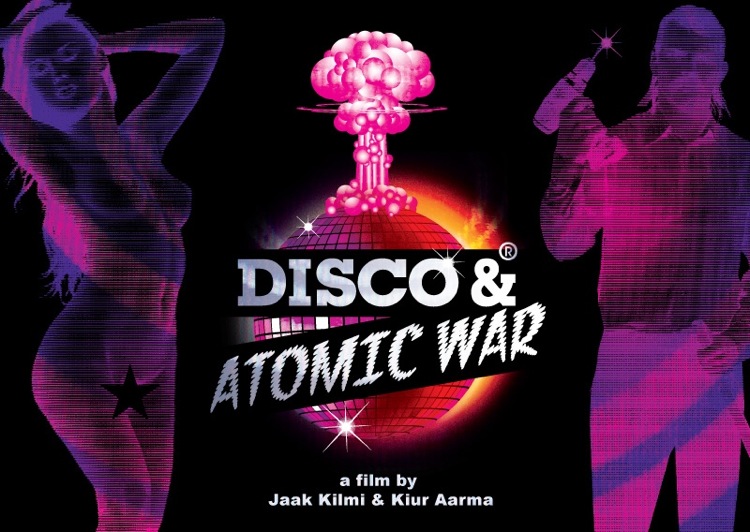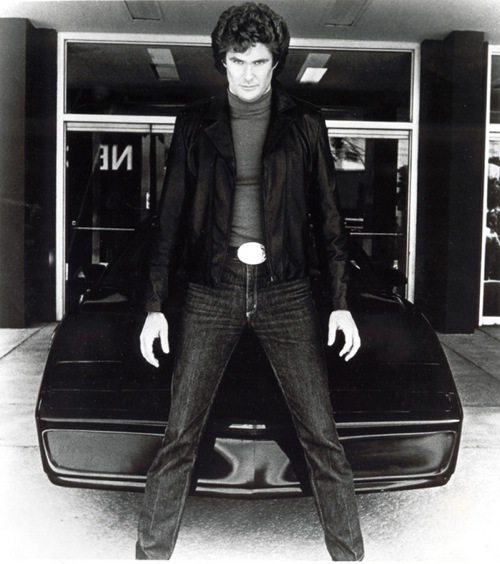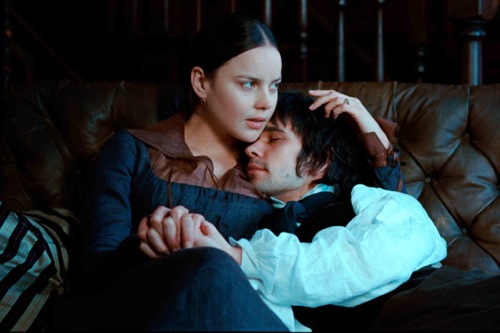
By Jason Apuzzo. • LFM wants to wish Hollywood legend Jane Russell a Happy Birthday today! Jane was a guest at a Liberty Film Festival event back in 2007, and this talented and lovely lady charmed everyone there with her warmth, good cheer and delightful stories from her career. We had the chance to spend a lot of time with Jane that weekend, and I can’t tell you how gracious and fun she is. All our best wishes to her on this day – and LFM readers should note that Turner Classic Movies is playing a lot of her films today, as well. I was thrilled to see TCM show Underwater! recently – the huge, color 3D adventure Jane did for director John Sturges and producer Howard Hughes. You read that right: Jane Russell in 3D … [Jane also did 3D for Hughes’ The French Line.] Feel free to pick up some of Jane’s best films in the LFM Store below.
• The Wall Street Journal did a review recently of the new book on the Liz Taylor-Richard Burton romance, Furious Love. I’m looking forward to reading this book. Click on over for the review, and order the book below in the LFM Store.
• British director Ronald Neame passed away this past week at age 99. Neame actually began his career as an assistant cameraman way back on Hitchcock’s Blackmail from 1929, which was the UK’s first sound film. Neame had an extraordinary visual sense as a director, as evidenced by films such as Oliver Twist, Great Expectations and The Poseidon Adventure. He will be missed.
• Turner Classic Movies has a review out of the new Criterion DVD of Antonioni’s Red Desert. In other Antonioni news, The New York Times reports that Le Amiche (The Girlfriends) is getting a theatrical re-release. Check out both films in the LFM Store above.
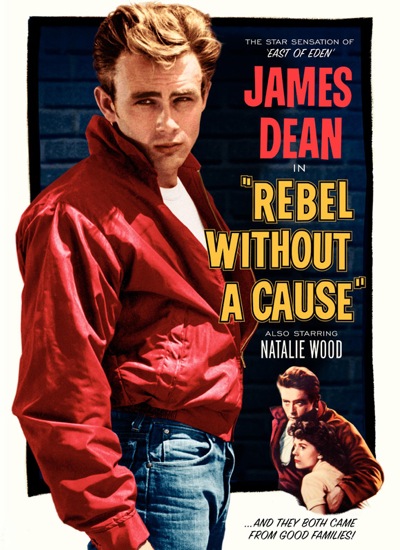
• Alfred Hitchcock’s landmark film Psycho turns 50 this week, and there are a host of retrospective articles out about the film. Read the behind-the-scenes story about Bernard Herrman’s extraordinary score for the film (which Hitchcock initially resisted), and also read Andrew Sarris’ original review of the film. Two side notes: I’m actually in the middle of reading Robert Graysmith’s The Girl in Hitchcock’s Shower, which is about the actual, behind-the-scenes murder story involving the woman who was Janet Leigh’s double for the Psycho shower scene. It’s a very interesting book, and I’ll try to do a review of it down the line. It’s available in the LFM Store above, along with Psycho. Also, if you’re interested in some of the general influences behind Bernard Herrman’s music, the LA Times recently did a piece on Richard Wagner’s influence on movie music.
• Movie Morlocks, the TCM blog, has two interesting posts out this week: one an interview with cult movie star Trina Parks, and another on early attempts from the 1950’s at advertising techniques involving subliminal suggestion. Click on over for more, and we’ve got some Trina Parks movies available in the LFM Store above.
• The New York Times has a review up of the new Charlie Chan Collection from TCM (available in the LFM Store), plus the New York Times reports that a new, ‘director’s cut’ version of Rebel Without a Cause is being prepared by Nicholas Ray’s widow, Susan, for a premiere at the Venice Film Festival next year to celebrate the centenary of her husband’s birth. That should be interesting. She apparently worked on this for years with her husband while he was alive. I’m reminded here of Walter Murch’s recutting of Touch of Evil, based on Orson Welles’ original notes. It’s not often you see such a major film re-edited. Pick up a copy of the original Rebel cut in the LFM Store above.
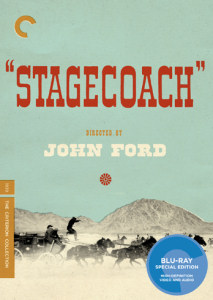 • The Wall Street Journal engages in some fun speculation this week: who were The Real Holly Golightlys of New York City, on which the Truman Capote/Audrey Hepburn character was based for Breakfast at Tiffanys? You can pick up the original film in the LFM Store above.
• The Wall Street Journal engages in some fun speculation this week: who were The Real Holly Golightlys of New York City, on which the Truman Capote/Audrey Hepburn character was based for Breakfast at Tiffanys? You can pick up the original film in the LFM Store above.
• AND FINALLY … is there a better classic movie blog than Greenbriar Picture Shows? I doubt it, and to prove it check out this great post they did recently on John Ford’s Stagecoach, in conjunction with the new Stagecoach DVD from Criterion. Click on over, and buy the new DVD in the LFM Store above.
And that’s what’s happening this week in the world of classic movies …
Posted on June 21st, 2010 at 5:21pm.
